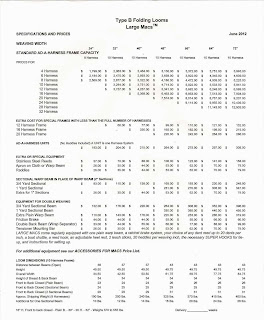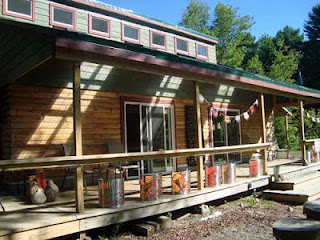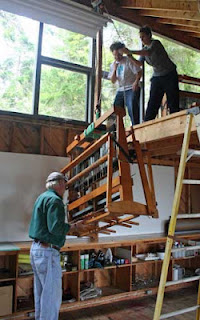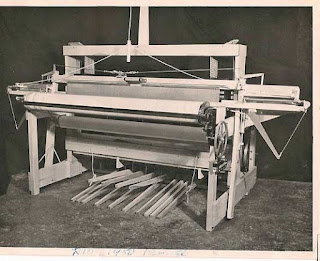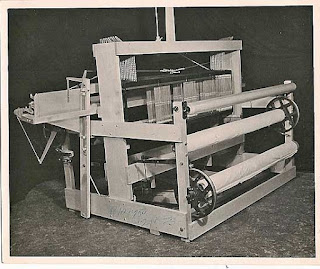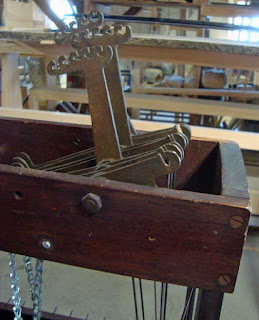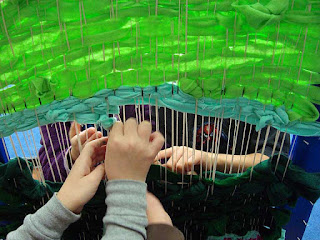 |
| Happy weaving hands |
 |
| Wise words from a young heart |
This is also a season for gratitude. As a sales person for Macomber Looms I pride myself in honest, speedy and personal attention to my customers. I do my best to answer your questions and trouble shoot your loom or weaving problems. I also enjoy distance teaching a few of you. So here is my hearty thanks for all your support and business over the past year.
Many of my past blog posts have been about maintenance tips or revealing how parts of the Macomber Loom work. This post I'd like to share with you how to properly advance and wind your warp so as to avoid the "Bad Dog Syndrome".
 |
| "Seasons of Joy" Weston, MA Completed October 2012 |
 |
| Worn out and tired dog. |
Here's how the most common way to get "Bad Dog Syndrome"
- Winding a warp with the ratchet brake engaged.
 |
| Foot on front brake release pedal while winding warp. |
- When winding on a new warp, stand at the side of the loom.
- Place your right hand on the crank handle which is on the ratchet brake on the warp beam. Hold the warp beam in place with a bit of pressure.
- Place your left foot on the front brake by slipping it between the beater and the castle.
- Disengage the brake at the font, while maintaining pressure on the crank to keep the warp from slipping backwards.
- Now wind the warp to the back beam.
- When you are ready to comb out your warp, re-engage the brake.
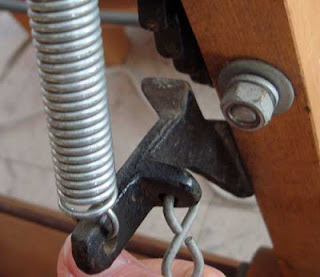 |
| "Good dog" is disengaged while winding warp. |
Although many of you might assume that having the dog engaged while winding the warp is a good safety measure, the health of your equipment says otherwise!
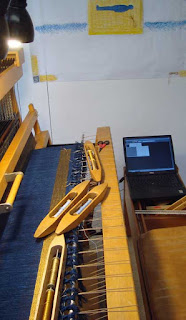 |
| New woven art piece November 2012 |
In closing here's a little thought from Wilferd Peterson:
"When we become more fully aware that our success is due in large measure to the loyalty, helpfulness and encouragement we have received from others, our desire grows to pass on similar gifts. Gratitude spurs us on to prove ourselves worthy of what others have done for us. The spirit of gratitude is an energizer."
With gratitude and appreciation to each of you ~
Sarah


